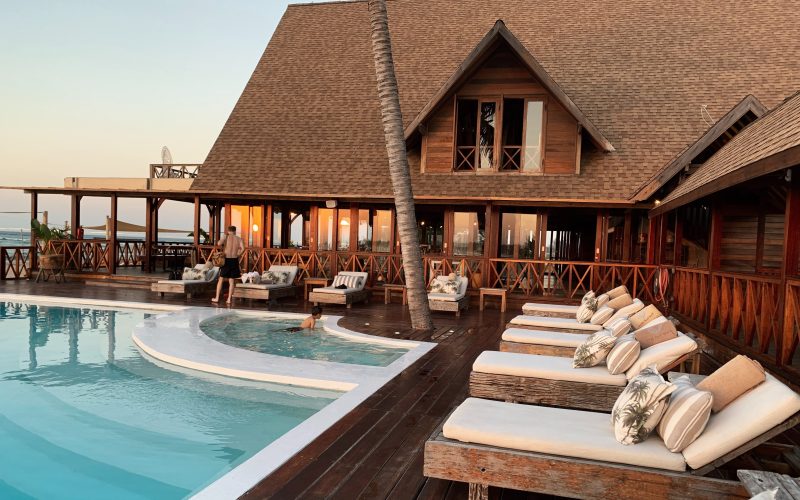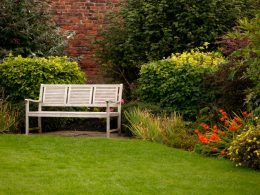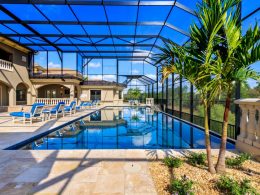Welcome to the buzzing world of pollinators! Did you know that these tiny creatures are responsible for pollinating nearly 75% of all crops worldwide? Yes, they are the unsung heroes who play a crucial role in our food production and ecosystem. Sadly, their populations have been declining due to habitat loss and pesticide use. But don’t worry, there’s something we can do to help! In this blog post, we’ll show you how to create your own DIY bee hotels and other habitat features to encourage pollinators in your garden or outdoor space. Let’s get started on creating a welcoming home for our fuzzy friends!
Why we need pollinators
Pollinators like bees, butterflies, birds and bats are essential to our ecosystem. They facilitate the reproduction of plants by transferring pollen from the male to female reproductive organs. This results in fertilization and fruit production which is necessary for the survival of many plant species.
In addition to food production, pollinators play a vital role in maintaining biodiversity. They help in cross-pollination between different plant species which leads to genetic variation within populations, creating stronger and more resilient ecosystems.
Pollinators also contribute significantly to the economy by providing livelihoods for beekeepers and supporting industries such as agriculture, horticulture and forestry.
However, recent studies have shown that pollinator populations are declining due to habitat loss caused by urban development, climate change and pesticide use. This alarming trend threatens not only our food security but also our entire ecosystem.
It’s therefore crucial that we take action now to protect these valuable creatures before it’s too late!
What is a bee hotel?
A bee hotel is a man-made structure designed to provide nesting sites for solitary bees. Unlike honeybees, which live in colonies and build hives, solitary bees rely on individual nest holes to lay their eggs. These nests can be made from a variety of materials, including twigs, leaves, and mud.
Bee hotels typically consist of a wooden or bamboo frame filled with nesting tubes that are the right size for different types of bees. The tubes are closed at one end and open at the other, providing the perfect space for female bees to lay their eggs.
The design of bee hotels can vary widely depending on the needs of different species of bees. Some hotels have removable frames so that you can clean them out each year; others are built into walls or trees.
Creating a bee hotel in your own backyard is an easy way to help support pollinator populations while also learning more about these fascinating creatures. With just a few simple supplies and some basic construction skills, you can create an inviting habitat that will attract solitary bees throughout the growing season!
How to make a bee hotel
Making a bee hotel is actually quite simple and can be done with materials you may already have at home. Firstly, choose a location where the bee hotel will be hung or placed. It should ideally face south or southeast to receive plenty of sunlight.
Next, gather your materials such as untreated wood blocks, bamboo reeds, pine cones and twigs. Cut them into varying lengths so that different sized bees can find suitable nesting spaces within the holes.
Once you have your material collected and cut to size, bundle them together using string or wire. Make sure they are tightly packed but not too compressed that there isn’t enough space for the bees to enter their nests.
Hang or place your bee hotel in its chosen location away from any pesticides or other chemicals that could harm pollinators. Remember to check on it regularly throughout spring and summer months as some holes may need cleaning out after use by emerging bees.
By creating a DIY bee hotel you are providing essential habitat for solitary bees who are vital pollinators in our gardens and environment!
Other habitat features for pollinators
Aside from bee hotels, there are other habitat features that you can add to your garden or outdoor space to encourage pollinators. One of these is planting a variety of native flowering plants that bloom at different times throughout the year. This ensures that there’s always a food source available for the pollinators.
Another good addition would be creating a water feature such as a small pond or birdbath where pollinators can drink and cool off on hot days. You can also include rocks and pebbles in shallow water areas where butterflies and bees can land without getting wet.
Adding nesting sites such as hollow plant stems, dead wood, or rock piles will provide shelter for solitary bees who do not live in hives. These materials should be left undisturbed during winter since some species overwinter inside them.
Reducing pesticide use and choosing organic options instead will help keep your garden safe for pollinators. Remember that every little bit helps when it comes to creating an environment conducive to these important creatures!
How you can help
There are many ways that you can help pollinators in your own backyard. One of the easiest things you can do is to plant a variety of flowering plants and trees. Choose native species whenever possible, as they provide the best food sources for local pollinators.
Another way to help is by creating habitat features specifically tailored to certain types of bees or other pollinators. For example, bumblebees like to nest in empty mouse nests or holes in the ground, so leaving some bare soil areas can be beneficial for them.
You can also create bee hotels using materials such as bamboo tubes or drilled wooden blocks. These structures provide nesting sites for solitary bees, which make up the majority of bee species.
Limiting pesticide use is another important step towards helping pollinators thrive. Instead of reaching for chemical pesticides, consider natural alternatives such as neem oil or insecticidal soap. You could also try companion planting with herbs and flowers that repel pests naturally.
Spread awareness about why it’s important to protect our pollinator populations! Encourage others in your community to take action by sharing information online and hosting events at local gardens or parks where people can learn more about how they too can make a difference for these vital creatures.
Conclusion
Encouraging pollinators is essential for the health of our planet, and DIY bee hotels and other habitat features are a great way to help these important creatures thrive. By providing safe spaces for bees, butterflies, and other pollinators to nest and feed, we can ensure that they continue to do their vital work.
With just a few simple steps, you can create your own DIY bee hotel or add some other habitat features to your garden. Whether you have an urban balcony or acres of land out in the countryside, there are plenty of ways you can make your space more welcoming to pollinators.
So why not take some time today to think about how you could improve the habitats in your local area? From planting wildflowers and herbs to building bee hotels and installing bird boxes, there’s no shortage of ways that we can all do our part for the environment.
By working together and making small changes in our daily lives, we can help protect pollinators for generations to come. So let’s get started!












